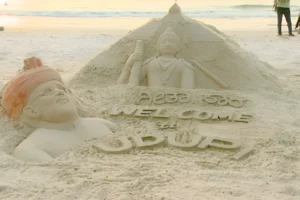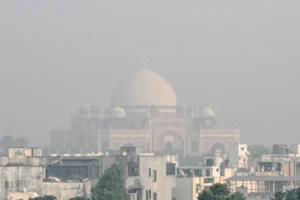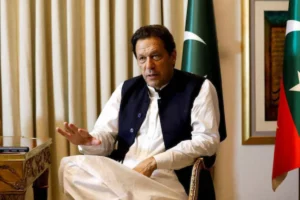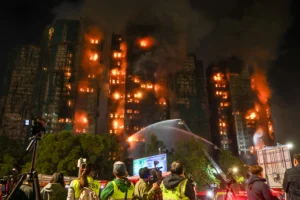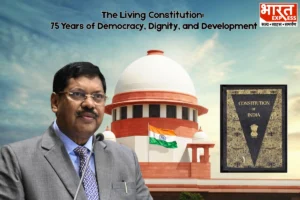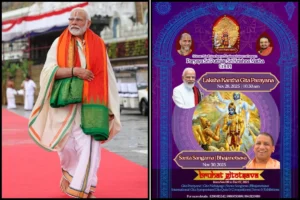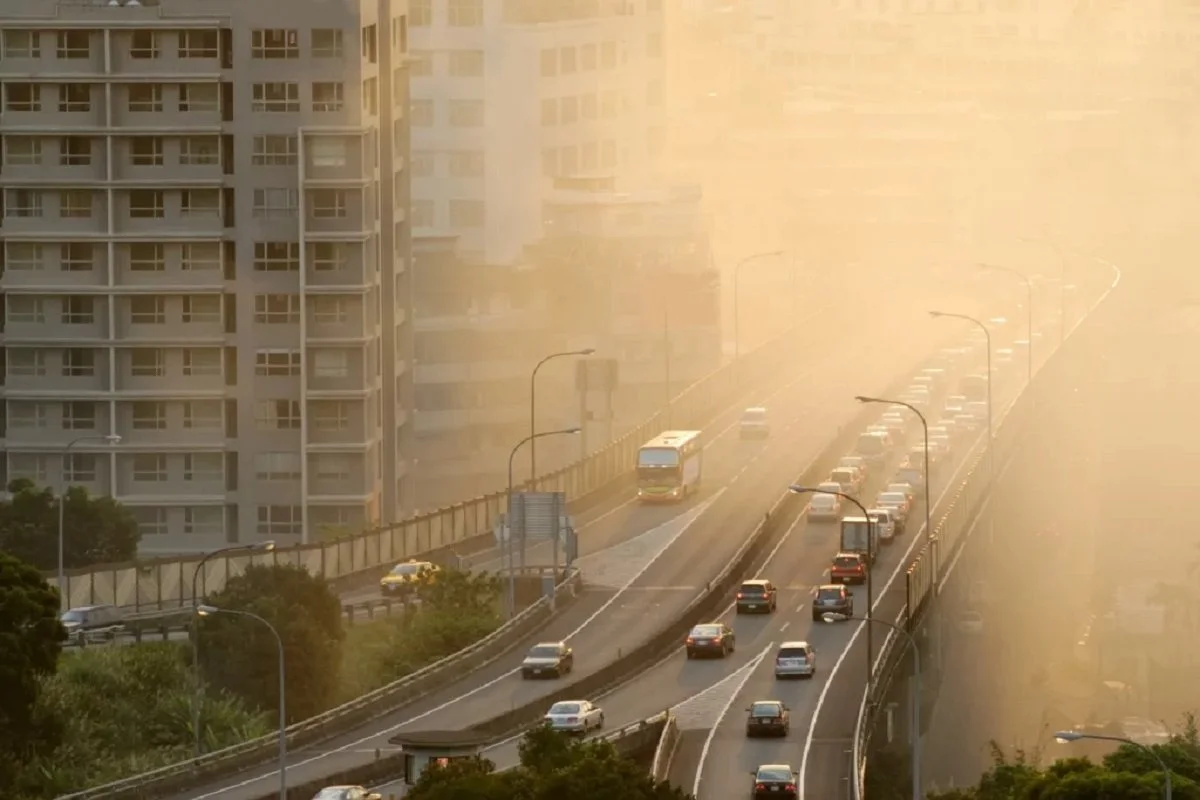
Heavy smog on a cold morning as air pollution levels rise in New Delhi on Tuesday.
Upon seeing the violation of the firecracker prohibition in multiple parts of the national capital region during the Diwali celebration, residents of Delhi awoke to a dense fog enveloping the sky. It was significantly above the “hazardous” level, with an air quality index (AQI) of 420, according to IQAir.
However, the situation in the other two states of the nation, Mumbai and Kolkata, has also gotten worse due to the approaching winter and the brief Diwali celebration, placing them in fourth and eighth place among the world’s most polluted cities.
The West Bengal Pollution Control Board (WBPCB) reports that the air quality index (AQI) exceeded the 250-mark in the majority of Kolkata. Mumbai’s Air Quality Index dropped to the “poor” category with 234 points, as reported by SAFAR-India, the System of Air Quality and Weather Forecasting and Research.
Also Read : S Jaishankar reaches London for a 5-day visit to UK
When the AQI is between 0 and 100, it is good; between 100 and 200, it is moderate; between 200 and 300, it is poor; between 300 and 400, it is regarded extremely poor; and beyond 500, it is classified as severe.
On November 7, the Supreme Court issued an order outlawing barium-containing firecrackers. Every state was required to abide by the restriction, which did not apply only to the severely polluted Delhi-NCR region. Despite the SC order, there was sporadic sound of firecrackers going off, and the volume grew as night fell.
In one form or another, firecrackers are prohibited, although these laws are rarely upheld. Other significant causes of air pollution in the nation’s capital are industrial pollutants, farm fires, and car emissions.
To read more such news, download Bharat Express news apps










